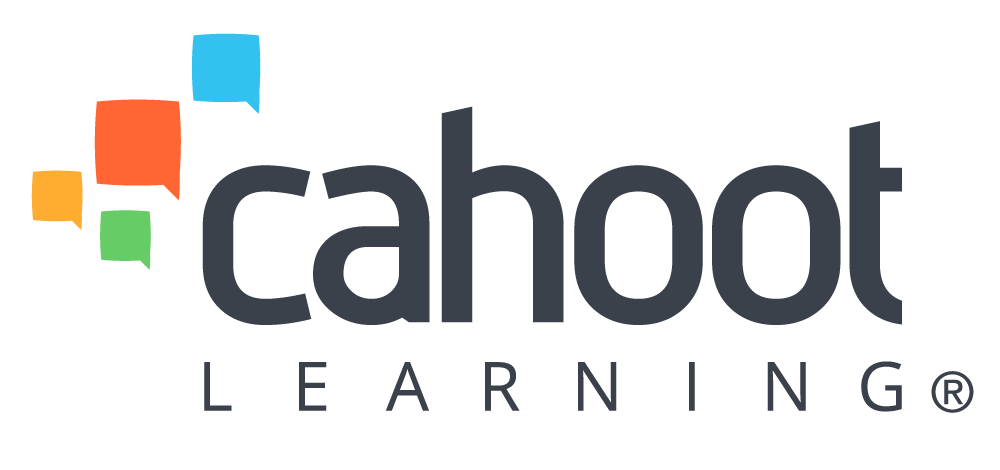Scope
Before engaging with Cahoot Learning, Rio Tinto was running a program for many years. This program was for those hand-selected, high achievers to be flown out to a location to learn about Rio Tinto’s Orebody Knowledge (OBK) in-person. Given the immense popularity of this program, Rio Tinto needed a more efficient way of delivery that could scale and benefit a wider group of Rio Tinto employees.
The new course developed with Cahoot Learning is not meant to make people experts in OBK, but provide them with a broader awareness of the value chain.
Challenge
They realised they had a gap in knowledge across the organisation: an understanding of who are the key players and what do they do across the supply chain. With this in mind, they considered: how do we upskill across a broad group and make it more available?
By equipping employees with a set of new learnings, they wanted to train them to ask the right questions within their own projects at Rio Tinto. Rio Tinto also sought ways to break the silos by creating deliberate collaborations across departments, functions, and roles.
Solution
Cahoot Learning delivers workforce learning initiatives within companies, government agencies and industry bodies to help them create a culture of learning and to deliver on specific education projects and strategic goals. Cahoot Learning has developed a learning model and platform that redefines the way people learn by bringing together communities and using an Active Learning pedagogy. The outcomes? A highly effective workforce education that deeply engages its learners and fosters relationships amongst peers.
Cahoot Learning has a proven relationship-based learning platform and methodology. It has delivered exceptional learning opportunities to 1.9 million learners from 134 countries.
Implementation
The program is delivered in a hybrid way, where learners first go through 8 to 9 weeks asynchronous learning. During the 8 to 9 weeks, learners view a series of videos in which they will come together to discuss and share their learnings from these videos which helps them understand from one another’s perspectives.
In the modules, learners are also given tasks to complete. They can post their answers within the course, which is open for other course mates and moderators to view, comment and engage with the content. For occasions where a learner is shy, they can choose to send an email or organise a separation session with the moderators privately.
Throughout the course, there are two main facilitators who goes onto the platform daily. They use the discussion board strategically to exhibit the type of collaborative learning they want to see in the cohort, and support those who are struggling with the course. With analytics in the Cahoot platform, facilitators are also able to observe who is lagging on some of the modules and who is ahead. This also helps the facilitators personalise in their delivery to the learners.
This is then complemented by a three-day face-to-face program, where learners must complete the online learning component to be able to attend. In the face-to-face program, they participate in ‘The Mining Game’, in which they form teams and develop a proposal based on their learnings to present to an investment committee.
Outcome
Since launching this program 3 years ago with Cahoot Learning, there have been 388 graduates, with a 99% completion rate. There has been a 39% capability uplift through the program. There has also been a significant increase in diversity among the cohort. They went from 12% female participation in the course to 44% during this time.
Howard Fell, a process engineer at Rio Tinto and a participant of this program, shared that although it was online, the environment felt collaborative and supportive. The moderators make it possible for everyone to be successful, by understanding that each person learns differently. The content, he says, is tied nicely to the work he does, and allows him to apply a new lens to his projects. It makes him reconsider each problem by knowing all the different people who are contributing to the work at different areas of the value chain.
There is continuous improvement of the learning process within this program. In the coming years, they have an allocated budget to review and update the content to ensure relevance to the workplace context at Rio Tinto, which constantly evolves and changes over time. Their team realises that if the content does not reflect the change both in the workplace and in the world, then participants may disengage.
In the future, they will be facilitating this program to more locations, including Montreal and Salt Lake City.


Recorded at Melbourne EdTech Summit 2021, this case study observes the partnership between Cahoot Learning and Rio Tinto. Rio Tinto uses Cahoot Learning’s platform to deliver the OBKSMMP: Orebody Knowledge Strategic Mine Planning development program.

